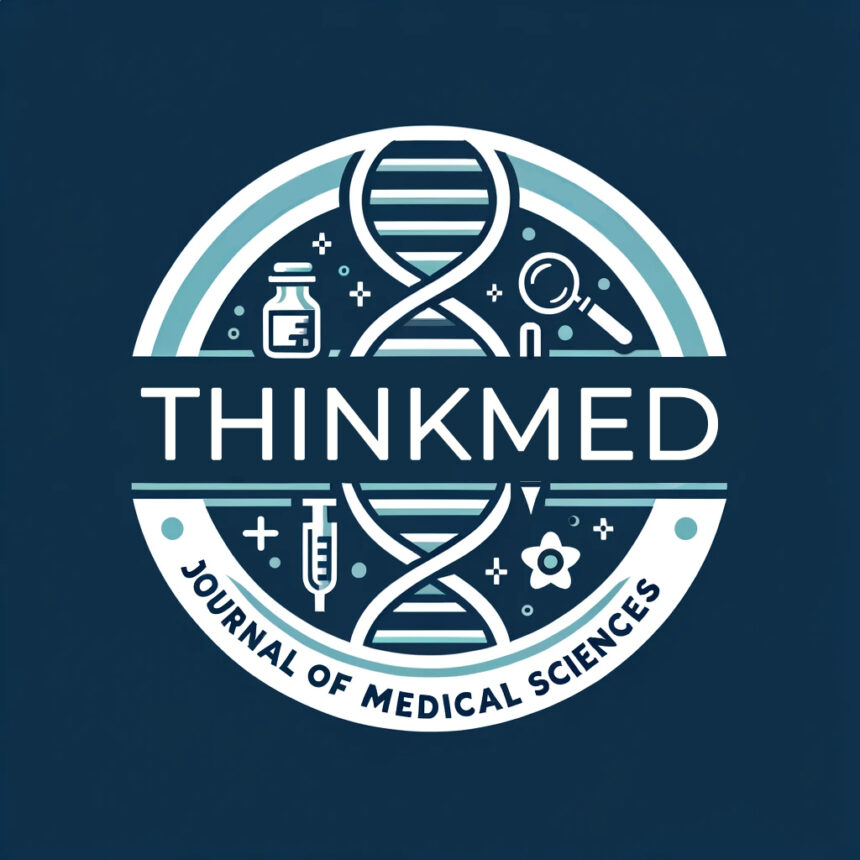Unmasking the Multifaceted Enigma

AUTHOR: DR Subhash Chandra Patel, King George’s Medical University
1. Introduction: Systemic lupus erythematosus (SLE) is an autoimmune labyrinth, where the body’s immune system embarks on a misguided quest, mistaking “self” for “foe.” This relentless pursuit wreaks havoc on multiple organs and tissues, weaving a tapestry of diverse and often enigmatic clinical manifestations. Unraveling the intricate threads of SLE’s pathogenesis and navigating the diagnostic and therapeutic terrain remain major challenges, demanding a symphony of medical expertise and patient resilience.
Opens in a new windowwww.lupusil.org
2. Pathogenesis: A Discordant Orchestra: The conductor of this discordant orchestra is a complex interplay of genetic susceptibility and environmental triggers. Genetic variations predispose individuals to aberrant immune responses, including hyperactive B cell activity and dysregulated T cell function. These immunological perturbations culminate in the production of autoantibodies, rogue soldiers targeting healthy tissues. Anti-nuclear antibodies (ANAs), directed against the very core of cells, stand as the hallmark of SLE. The orchestra swells with pro-inflammatory cytokines, attracting neutrophils and monocytes to the battlefield, where they unleash a cascade of tissue damage. The battlegrounds shift across the body, leading to a kaleidoscope of clinical presentations.
Opens in a new windowmayoclinic.org
3. Clinical Facets: A kaleidoscope of Symptoms: SLE’s clinical manifestations are as diverse as a kaleidoscope. The classic “butterfly rash” adorning the cheeks and bridge of the nose may grace the stage, while fever, fatigue, and joint pain paint a picture of systemic inflammation. Skin lesions, ranging from photosensitivity to discoid lupus, add to the tableau. Hematologic abnormalities, like anemia and thrombocytopenia, join the chorus, while renal involvement can cast a long shadow on prognosis. The nervous system can also become entangled, manifesting as seizures, headaches, or even psychosis. This vast clinical repertoire underscores the need for a holistic approach to diagnosis and management.
4. Diagnosis: Unveiling the Mask: Unmasking SLE requires a careful detective’s work. The initial act involves eliciting the patient’s story, listening for clues like chronic fatigue, unexplained fever, and joint pain. Laboratory tests, like the ANA test, unveil the presence of autoantibodies, though specificity for SLE remains limited. Complement levels, often depleted by immune activation, offer additional supporting evidence. The definitive act, however, hinges on tissue biopsy, where the pathologist’s discerning eye identifies the characteristic fingerprint of lupus within affected organs.
Opens in a new windowwww.consultant360.com
5. Therapeutic Maneuvers: Calming the Tempest: Taming the tempestuous storm of SLE necessitates a multi-pronged therapeutic approach. The first line of defense involves anti-inflammatory medications, like nonsteroidal anti-inflammatory drugs (NSAIDs) and corticosteroids, to quell the inflammatory onslaught. Hydroxychloroquine, an antimalarial agent with immunomodulatory properties, joins the battle, providing long-term disease control and sun protection. In more severe cases, immunosuppressants like methotrexate or cyclophosphamide take the stage, suppressing the overzealous immune response. Biologic therapies, targeting specific inflammatory pathways, are emerging as promising allies in the fight against SLE.
6. Prognosis: A Glimmer of Hope: SLE, once a formidable foe with a grim prognosis, has yielded ground to advancements in diagnosis and treatment. Early diagnosis and aggressive management can significantly improve outcomes. Remission, a state of disease quiescence, becomes a realistic goal for many patients. However, the specter of flares, unpredictable episodes of heightened disease activity, lurks in the shadows. Long-term monitoring and vigilant management remain crucial to maintaining remission and minimizing organ damage.
7. Future Directions: Charting the Course: The quest for a definitive cure for SLE continues. Research delves deeper into the genetic and environmental underpinnings of the disease, aiming to identify novel therapeutic targets. Personalized medicine approaches, tailored to individual genetic profiles and disease manifestations, hold the promise of more effective and targeted interventions. Additionally, stem cell therapy and gene editing technologies offer glimmers of hope for a future where SLE is not a constant companion, but a distant memory.
Conclusion: SLE remains a complex and challenging disease, yet our understanding of its pathogenesis, diagnosis, and management has evolved significantly. With continued research and a commitment to patient-centered care, we can navigate the labyrinthine pathways of SLE, transforming it from a fearsome enigma into a manageable condition, allowing individuals to reclaim their lives and embrace a brighter future.



